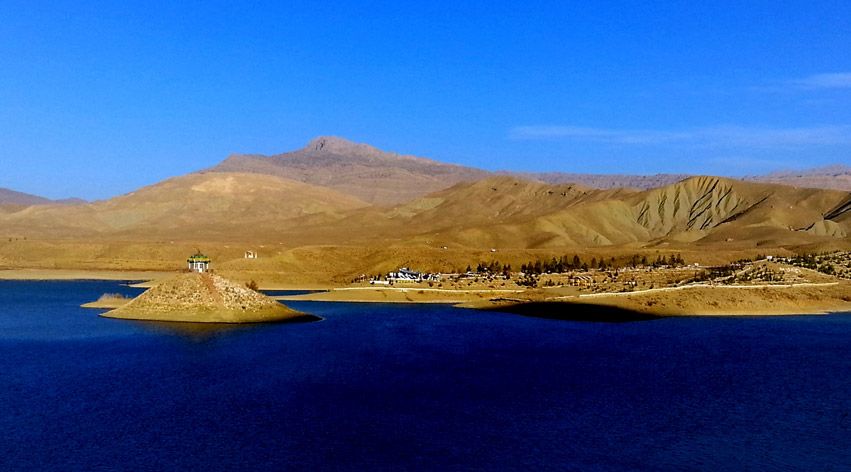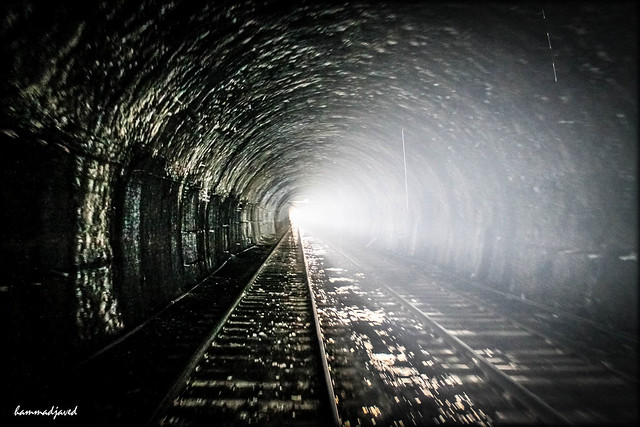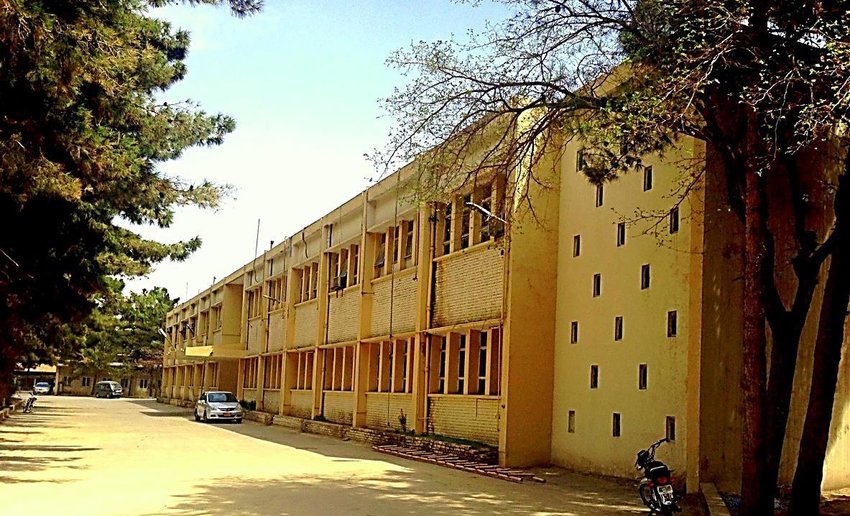Khojak Pass, a historic mountain pass located near Quetta, the capital of Balochistan, Pakistan, is one of the most significant natural landmarks in the region. Connecting Quetta with the southern parts of Afghanistan, the pass has been a crucial route for centuries, serving as an important trade and travel corridor. Surrounded by rugged mountains and scenic landscapes, Khojak Pass is not only known for its strategic importance but also for its breathtaking views and historical significance.
Historical Importance
Khojak Pass has been used for centuries, both by ancient civilizations and more recently during the British colonial period, as a critical pathway connecting the plains of Balochistan with the central Asian region. The pass gained military and strategic importance due to its location on the frontier between British India and Afghanistan, making it a focal point for trade, military movements, and cultural exchanges.
During the colonial era, the British recognized the strategic value of Khojak Pass as it provided a direct route between Quetta and Afghanistan. The construction of a railway tunnel through the pass in the late 19th century further solidified its importance. The Khojak Tunnel, which is one of the longest and most important rail tunnels in Pakistan, remains a testament to the region’s historical significance.
Location and Geographical Features
Khojak Pass is located in the mountainous terrain of Balochistan, approximately 65 kilometers (40 miles) southeast of Quetta. It sits at an elevation of about 7,000 feet (2,130 meters) above sea level and acts as a natural gateway between Balochistan and Afghanistan. The pass is part of the larger Sulaiman Mountain Range, which stretches across the region, offering rugged and dramatic landscapes.
The route through Khojak Pass is steep and winding, with travelers navigating sharp turns and narrow paths as they pass through the mountains. The pass is a popular route for those traveling from Quetta to Chaman, a town on the border with Afghanistan. The Khojak Pass is also known for its unique blend of harsh, rocky terrain and stunning natural beauty, making it a place of interest for tourists and nature enthusiasts.
Khojak Tunnel
One of the most remarkable features of Khojak Pass is the Khojak Tunnel, an engineering marvel that was constructed in the late 1800s during British rule. The tunnel, which runs through the mountains, is approximately 3.9 kilometers (2.4 miles) long and was initially built to accommodate the narrow-gauge railway line linking Quetta to the southern regions. It remains one of the longest railway tunnels in the country and a critical infrastructure element that connects the Balochistan region to the rest of Pakistan.
The tunnel itself is an impressive feat of engineering, carved through solid rock, and it serves as a reminder of the past efforts to modernize the region’s transportation network. Today, it continues to be an essential part of the railway system, although the pass is also accessible via roads, allowing for both car and truck transport.
Scenic Beauty and Tourism
Apart from its historical and strategic importance, the Khojak Pass is celebrated for its stunning natural beauty. The pass offers sweeping views of the surrounding mountain ranges, valleys, and deserts. The landscape is characterized by rugged hills, dramatic cliffs, and stretches of barren land, giving it a stark yet mesmerizing appearance. The area is particularly popular among adventure seekers, trekkers, and nature lovers who enjoy exploring the natural beauty of Balochistan.
During the winter months, Khojak Pass experiences snowfall, which transforms the surrounding landscapes into a winter wonderland, offering a unique experience for visitors.
Strategic Role in Trade and Travel
Khojak Pass has historically served as a vital corridor for trade connecting Balochistan, Afghanistan, and Central Asia.. Merchants, traders, and travelers have used this pass for centuries to transport goods such as textiles, spices, and other commodities. Even today, the pass remains a vital transportation route, facilitating trade between Pakistan and Afghanistan, particularly through the nearby Chaman border crossing.
In addition to its role in trade, Khojak Pass has also been a key military route, especially during periods of conflict. Its strategic location made it an important passage for military movements, particularly during the British colonial period and subsequent regional conflicts. The pass continues to have military significance due to its proximity to the Afghan border.
Access and Connectivity
Khojak Pass is accessible via a well-maintained road that connects Quetta to Chaman and onward to Afghanistan. The journey through the pass offers travelers stunning views of the rugged mountains, valleys, and plains. While the pass is primarily used for road and rail transportation, it is also popular among tourists and adventure travelers who wish to explore the area’s natural beauty.
The Khojak Tunnel is a major point of interest for visitors, and many stop to marvel at the engineering accomplishment before continuing their journey through the pass. The surrounding area also features several small villages and settlements where visitors can stop to experience local culture and hospitality.
Conclusion
Khojak Pass remains one of the most significant natural and historical landmarks in the Balochistan region of Pakistan. Its strategic importance, historical significance, and breathtaking landscapes make it a must-visit destination for history enthusiasts, adventure seekers, and nature lovers. Whether exploring the Khojak Tunnel or simply taking in the views of the rugged mountains, Khojak Pass offers a unique experience that connects visitors to the deep history and natural beauty of the region.




 Uncategorized7 years ago
Uncategorized7 years ago
 Uncategorized7 years ago
Uncategorized7 years ago
 Uncategorized7 years ago
Uncategorized7 years ago
 Uncategorized7 years ago
Uncategorized7 years ago
 Uncategorized7 years ago
Uncategorized7 years ago
 Uncategorized7 years ago
Uncategorized7 years ago
 Peshawar7 years ago
Peshawar7 years ago
 Uncategorized7 years ago
Uncategorized7 years ago



